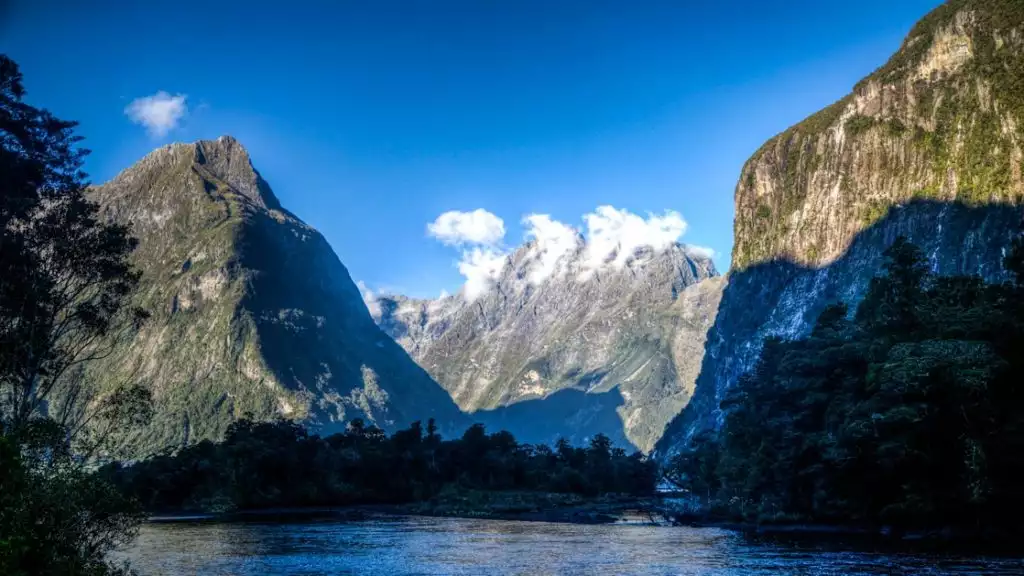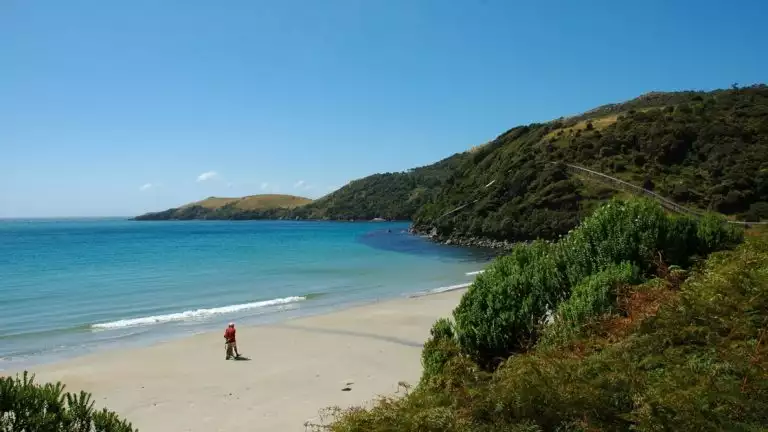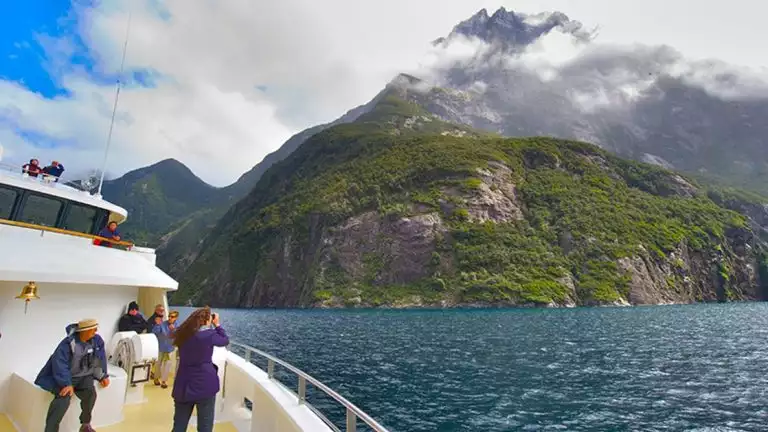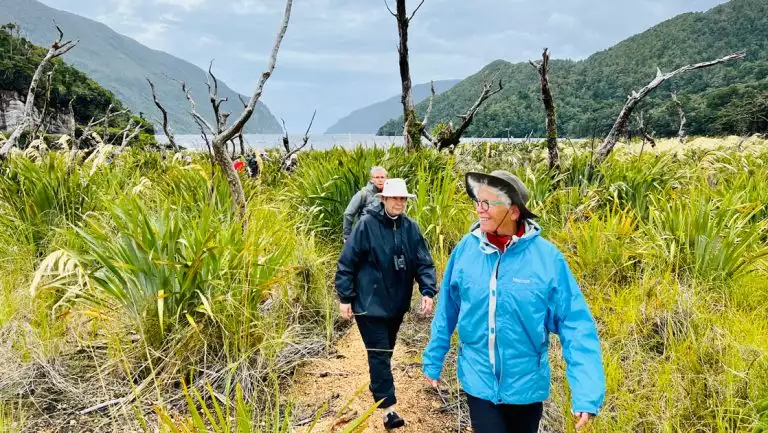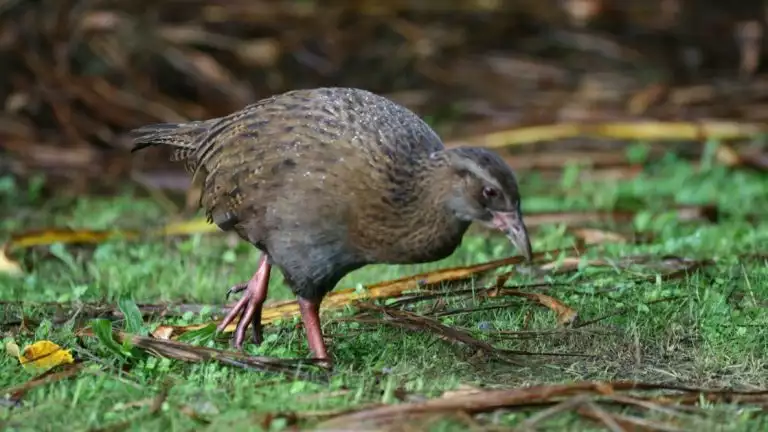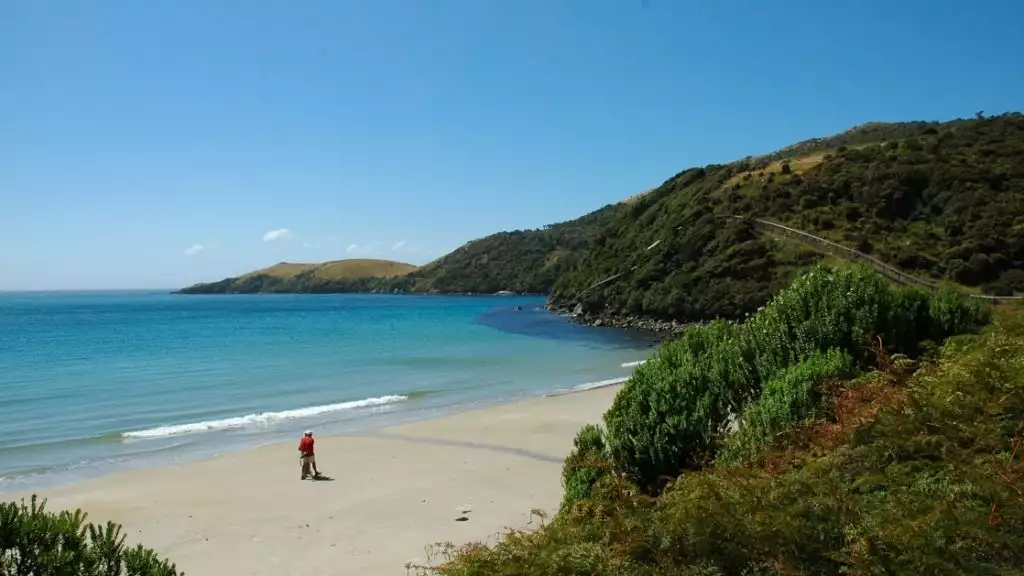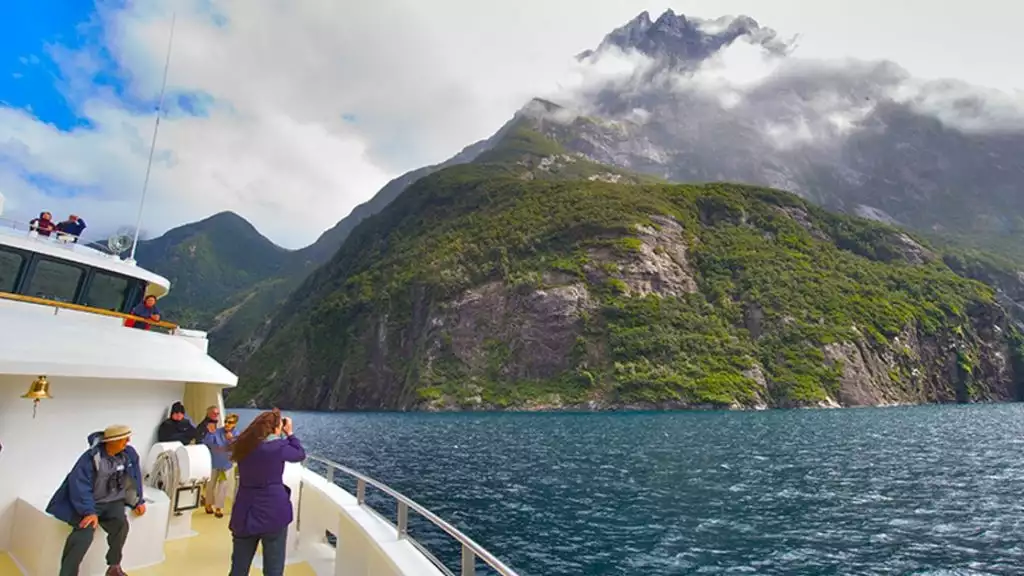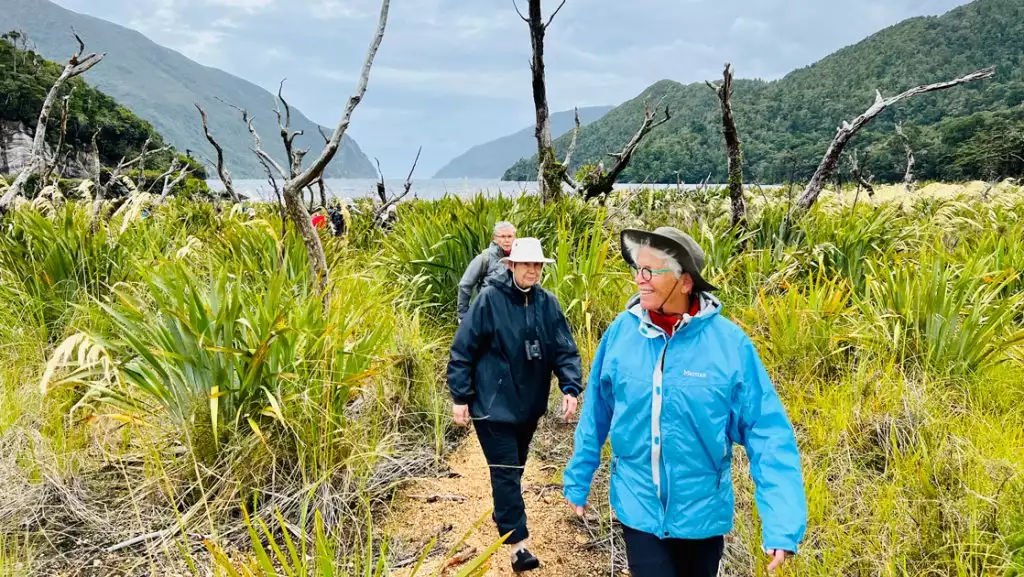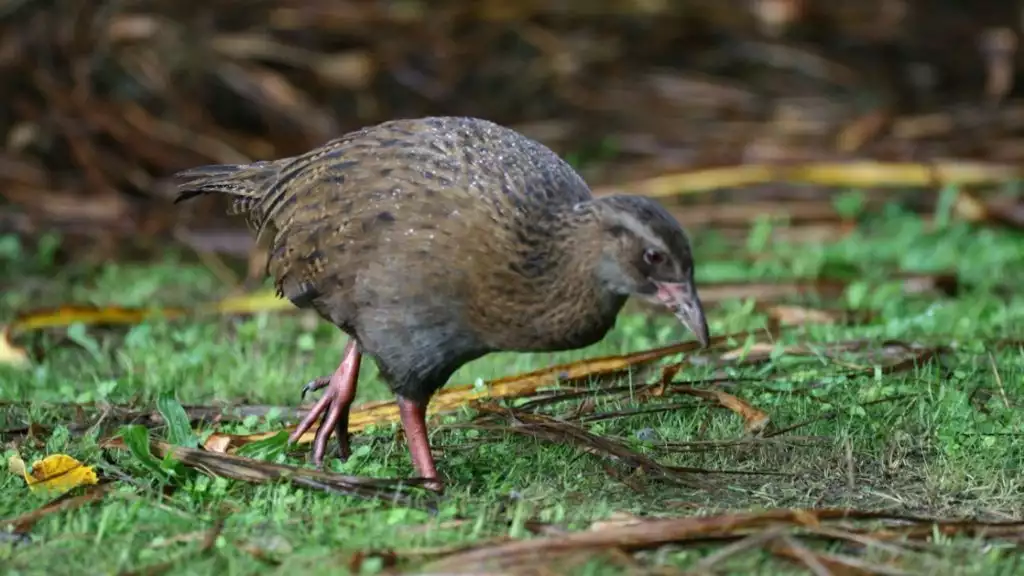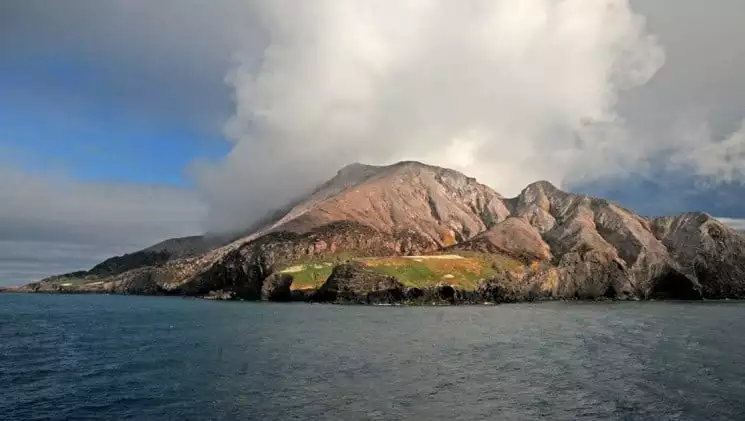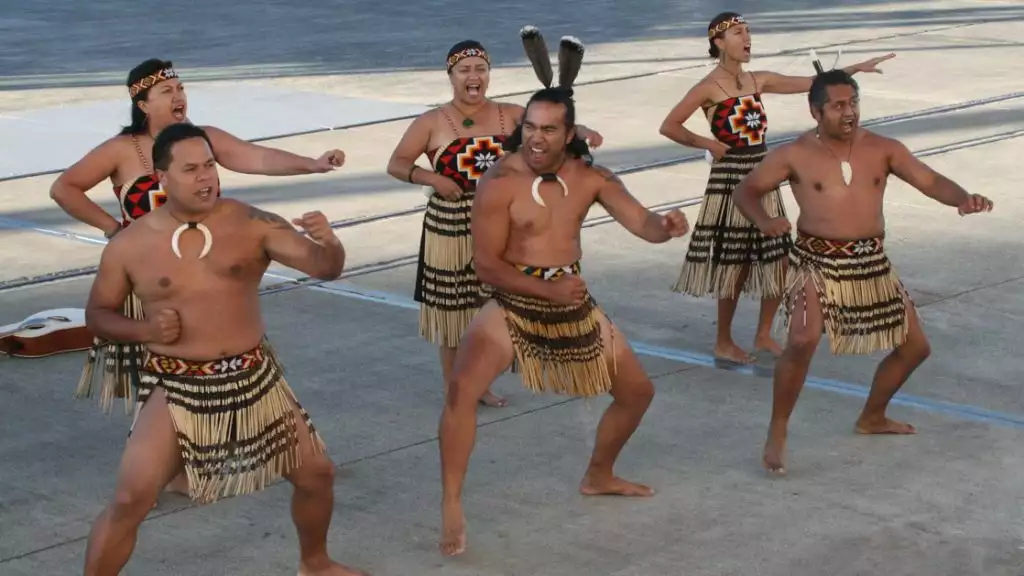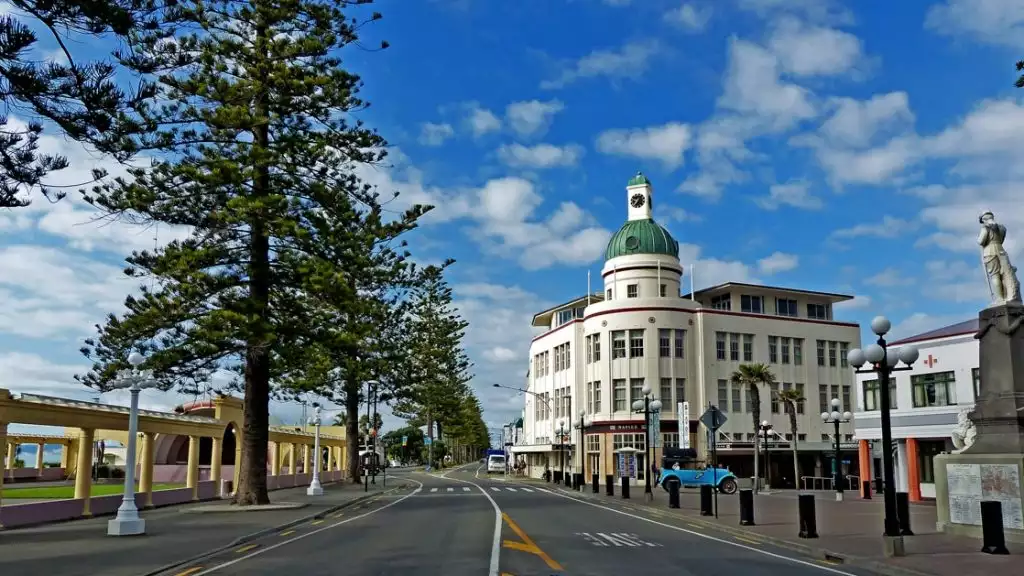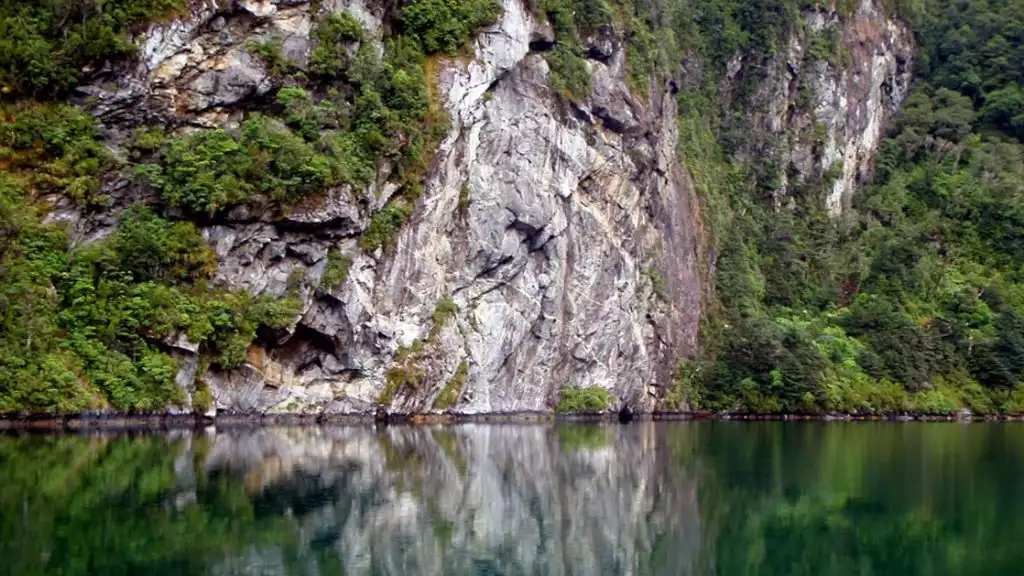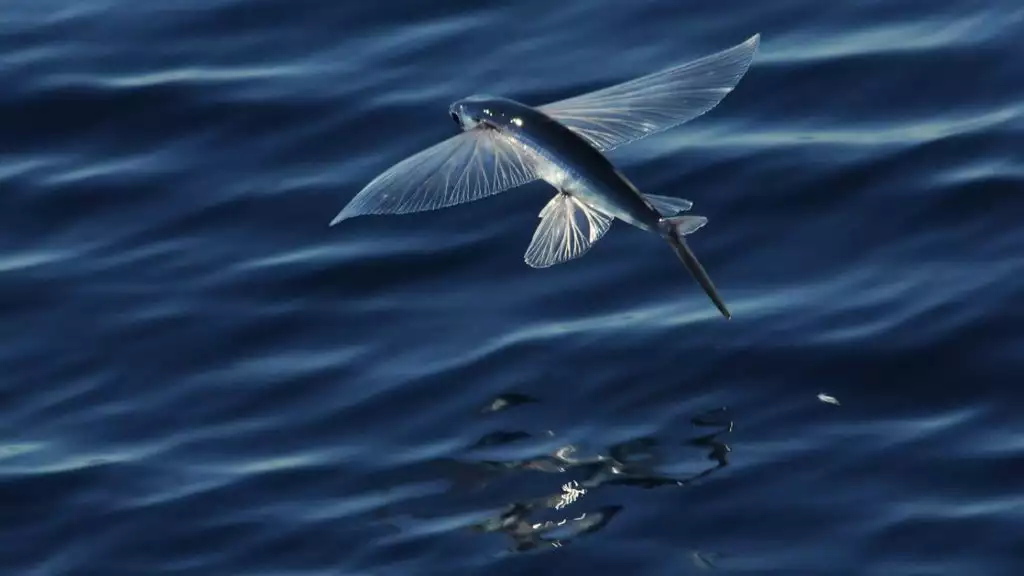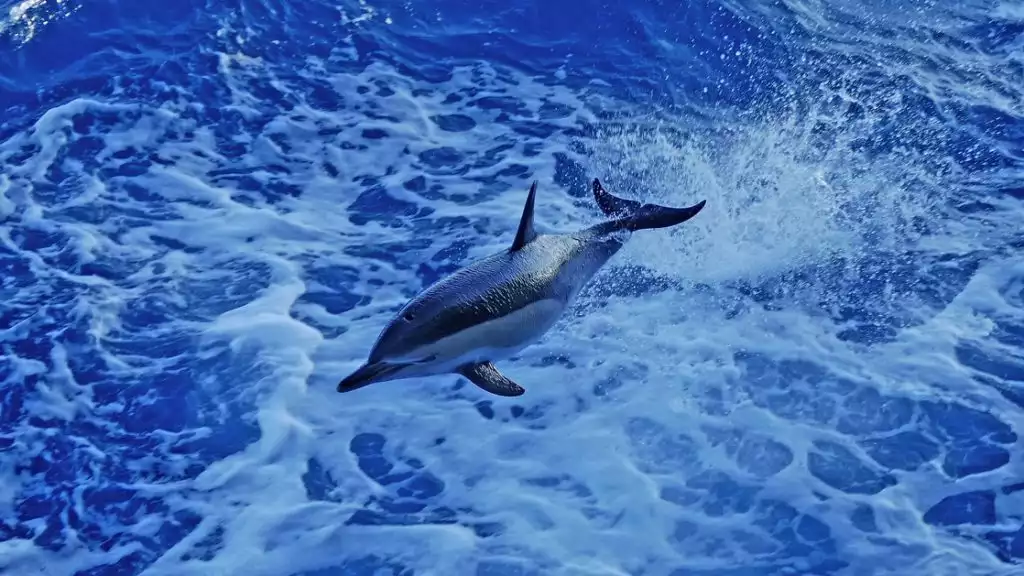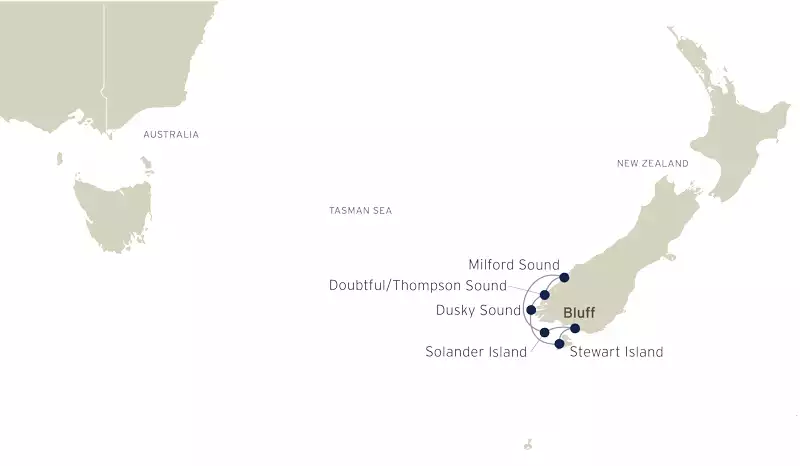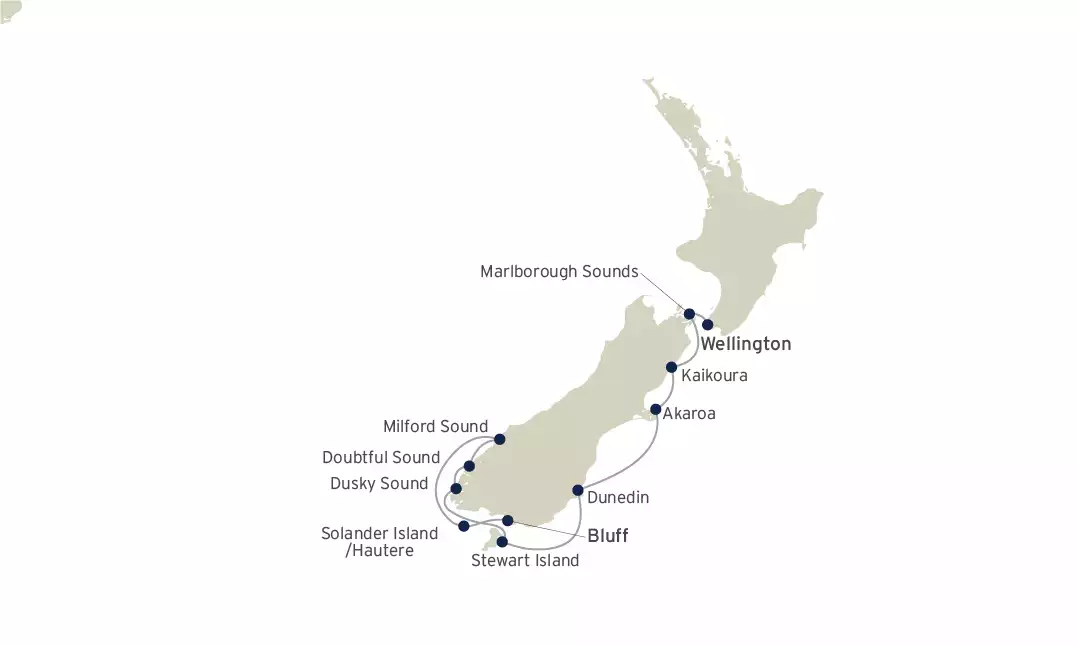Included
Pre- and post-cruise transfers (Queenstown/Bluff); accommodations as booked; group transfers during the cruise; all meals onboard; 24-hour coffee and tea; captain’s welcome and farewell drinks; showcase wines and selected beers with lunch and dinner service; excursions and sightseeing; daily lectures and briefings; use of Xplorer and Zodiac tender vessels; all entrance fees to National Parks, ports, traditional owner fees and charges imposed by governing authorities; use of all onboard facilities, including comprehensive range of library and video resources; standard Wifi on board; expedition photos captured during the voyage; tips and gratuities.
Exclusions
Pre- and post-cruise flights; entry visa and travel permits; personal items such as telephone charges, WiFi upgrades, laundry, bar charges; travel insurance of any kind.
Payment & Cancellation
In order to confirm this trip, a deposit of 20% is required per person at time of booking. The balance of the trip price is due 90 days before the departure date. Special holiday payment and cancellation terms may apply. Guests who must cancel their trip for any reason must do so in writing. A name change/transfer of the booking to another person is considered a cancellation and cancellation penalties will apply. An AUD200.00 per person fee may be charged for any amendments not requiring a date change after booking is confirmed. There is an AUD500.00 per person fee if a date change is made more than 90 days before departure. Standard cancellations are subject to the following per-person penalties, based on number of days prior to departure:
Up to 90 days – 100% of deposit
89 to 60 days – 50% of total trip cost
59 to 0 days – 100% of total trip cost
Terms & Conditions
This trip is subject to AdventureSmith Explorations Terms and Conditions. Please read this information carefully and call us if you have any questions. A Traveler Information Form, which includes a release of liability, must be completed and signed by all travelers. Your Adventure Specialist will send you a unique link to complete this form along with a packing list and extensive pre-departure and travel insurance information upon booking confirmation.
Arrival & Departure
The New Zealand Sounds & Stewart Island cruise embarks and disembarks in Bluff, New Zealand (with included, round-trip coach transfers to start and end in Queenstown/ZQN). Guests may arrive at the meeting point (Rydges Lakeland Resort Queenstown, 38 -54 Lake Esplanade, Queenstown) as early as 10:30am, up to 4:30pm, on Day 1. Plan flights to depart Queenstown no earlier than 4:00pm on Day 9. If you would like assistance with international flights, please visit our Booking Flights resource page.
Activities
Whether you are looking for light activity options or more challenging outdoor pursuits, the ship’s crew can tailor most excursions to suit your skill level. Adventure activities may include hiking, kayaking, inflatable boat/skiff excursions, land treks, wildlife observation (including spotting for birds) and township visits.
Room Configuration
Limited double occupancy cabins for solo use may be available at a sole use rate in the Coral, Promenade and Explorer Deck categories. Contact AdventureSmith for further details and availability.
Families & Children
Kids 12 years and older are welcomed aboard all departure dates; exceptions for children 11 years and under may be allowed with special pre-approval.
Travel Insurance
Protect your travel investment with insurance. Our partners at Travelex Insurance offer a variety of plans and policies to fit every trip and budget. Coverage for a pre-existing medical condition is also available if you purchase the Travel Select plan within 15 days of the initial trip payment; refer to plan details. Learn more about travel insurance or get a free quote.
As a condition of travel, guests must provide evidence of travel insurance with medical evacuation coverage OR complete a credit card authorization form for expenses incurred during a medical evacuation. Proof of travel insurance with medical evacuation coverage OR a completed authorization form must be provided prior to boarding.
Itinerary Notes
Use the itinerary as a guide only. Itineraries may be altered due to weather, wildlife, national park regulation or at the captain’s discretion. The ability to be flexible makes this type of small ship cruising unique.
